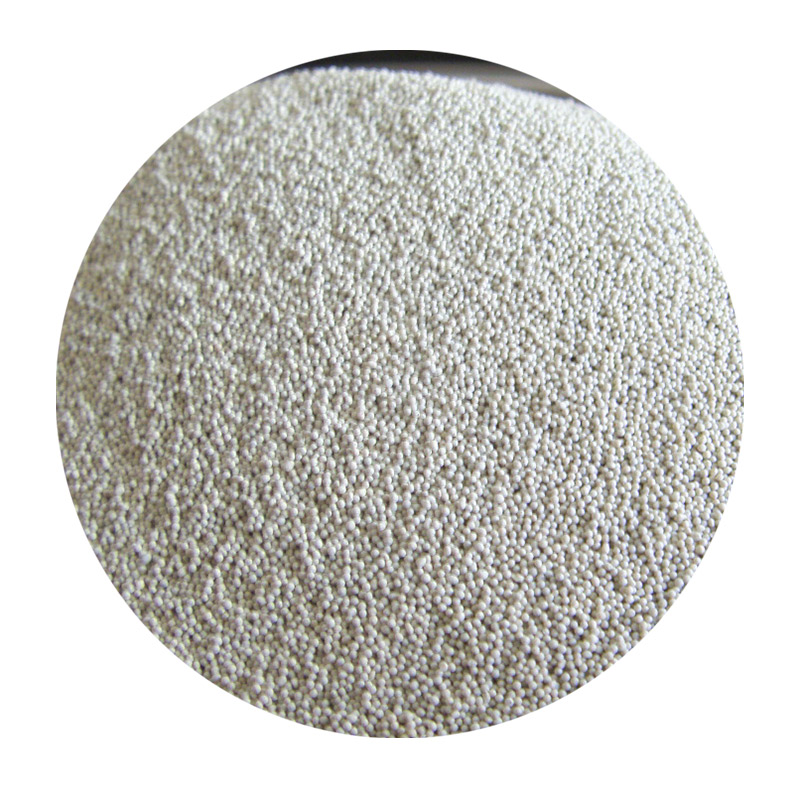The Resin Coated Sand Manufacturing Process
Resin coated sand is an innovative and highly effective material used primarily in the metal casting industry
. The manufacturing process of resin coated sand involves several key steps that ensure the final product meets industry standards for performance and quality.The process begins with selecting the appropriate base sand, typically silica sand, known for its high purity and excellent flowability. The quality of the raw sand significantly impacts the properties of the final product. Once the sand is sourced, it undergoes a thorough cleaning process to remove impurities, ensuring that it is free from dirt, clay, and organic materials. This step is crucial as contaminants can affect the strength and durability of the resin coating.
Next, the cleaned sand is dried and heated to a specific temperature. Heating the sand prior to coating is essential as it enhances the adhesion of the resin. The most commonly used resin in this process is phenolic resin, known for its excellent thermal stability and mechanical properties. The resin is mixed with a catalyst to initiate the curing process, allowing for the sand to be coated effectively.
resin coated sand manufacturing process

In the coating phase, the heated sand is combined with the resin mixture. This is typically done in a rotating drum or a fluidized bed, ensuring even distribution of the resin over the sand particles. The temperature and time of mixing are precisely controlled to achieve the desired coating thickness. A well-coated sand will showcase improved tensile strength, enhanced flowability, and reduced moisture absorption, making it ideal for molding applications.
After the coating process, the sand is subjected to curing, which involves heating it further to solidify the resin. This curing step is critical as it impacts the final properties of the sand, such as its strength and resistance to thermal shock. The curing can be conducted in a controlled oven where temperatures and times are adjusted based on the resin type used.
Once cured, the resin coated sand is cooled and then screened to ensure uniform granule size and to remove any oversize particles. Quality control tests follow, including checks for hardness, consistency, and overall performance in mold-making applications. The final product is then packaged for distribution to foundries and manufacturers.
In conclusion, the resin coated sand manufacturing process is a meticulous combination of selecting quality raw materials, precise processing, and rigorous quality control. The resulting product not only enhances the efficiency of metal casting but also contributes to improved surface finishes and reduced defects in cast components. This innovative material continues to play a vital role in modern foundry practices.
Post time:أكتوبر . 17, 2024 04:50
Next:Innovative Applications and Benefits of Cerabeads Sand in Modern Industries
